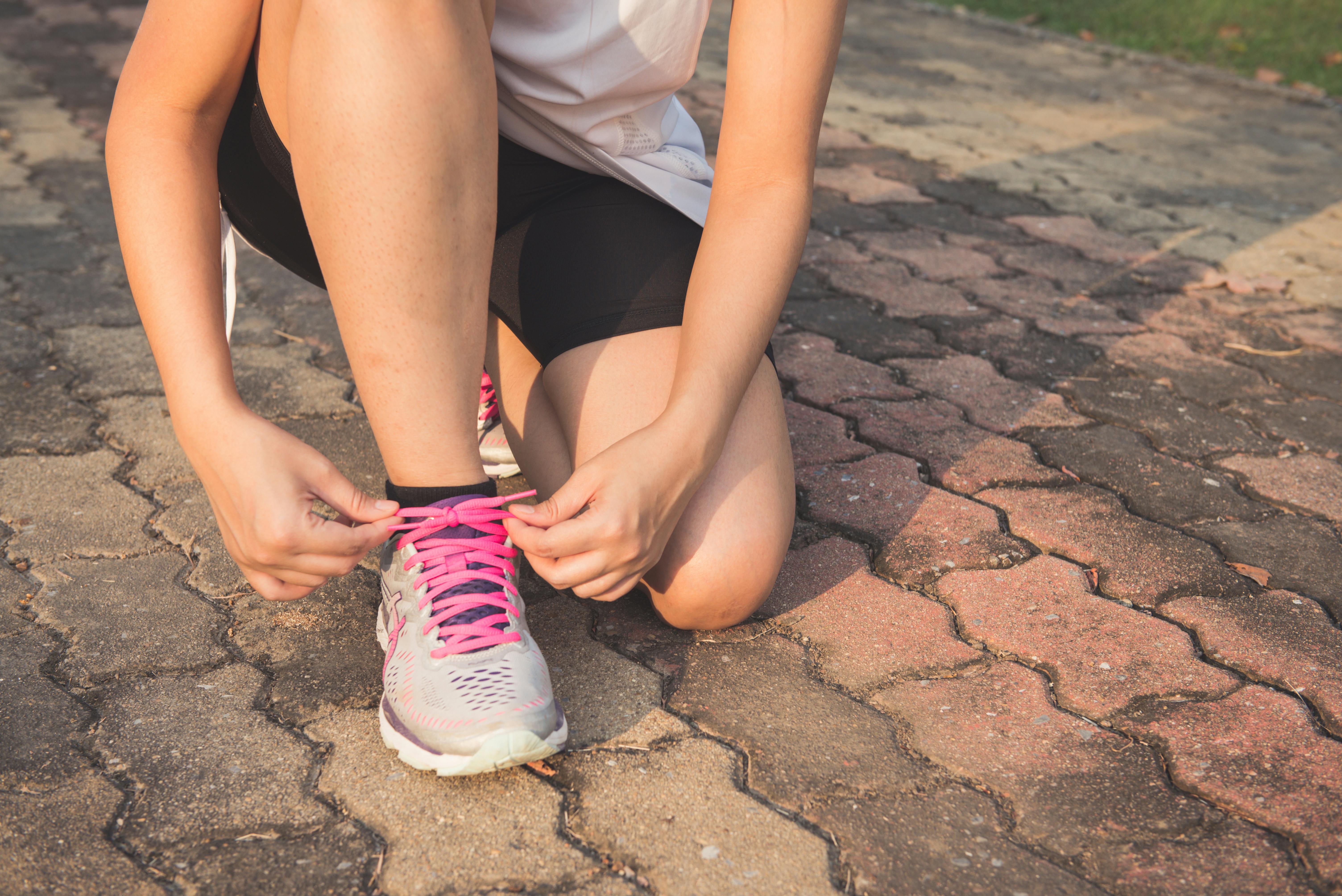



When pain flares up, the instinct is often to stop moving completely, but is that always the best approach? While rest can be essential in the early stages of injury or acute pain, movement often plays a key role in reducing stiffness, improving circulation, and speeding up recovery. Knowing when to rest and when to move can help you manage pain more effectively and prevent it from lingering longer than necessary.
This guide will help you understand when rest is the right choice, when gentle movement is beneficial, and how to balance both for short-term pain relief.
Rest is important in the early stages of acute pain, injuries, or flare-ups to allow the body time to heal and prevent further irritation. However, rest does not always mean complete immobility. The key is to avoid movements that make the pain significantly worse while still allowing gentle circulation and mobility where possible.
You should prioritise rest if:
✔The pain is sharp, intense, or worsening with movement. This can be a sign that the affected area needs time to settle.
✔ There is swelling, redness, or warmth: These signs indicate inflammation and excessive movement may aggravate the area.
✔ You have a new injury: Within the first 24 to 48 hours, reducing excessive strain can help prevent further damage.
✔ Pain interrupts sleep or daily activities: If movement makes it difficult to function, a short rest period may help reset the body.
How to Rest Effectively:
While rest is useful in the short term, too much inactivity can lead to stiffness, muscle weakness, and slower recovery. Gentle movement improves blood flow, reduces stiffness, and signals to your body that it is safe to move. The key is to start with low-impact, controlled movements and gradually increase as comfort allows.
You should start moving when:
✔ Pain has started to ease: If the initial sharp pain has subsided, introducing gentle, controlled movement can prevent stiffness.
✔ Stiffness is the main issue: If pain feels worse after long periods of sitting or resting, movement can help loosen up the area.
✔ There is no significant swelling or redness: This suggests that inflammation has settled, and movement is less likely to aggravate the area.
✔ You can move without sharp pain: Mild discomfort is okay, but sharp, intense pain is a sign of slowing down.
How to move safely:
The best approach to short-term pain relief is often a balance between rest and movement. A good rule of thumb is to avoid both complete inactivity and excessive strain. Too much rest can lead to stiffness, while too much movement too soon can worsen pain.
If you are unsure, try gentle movement first. If pain increases significantly, allow more rest. If pain stays the same or improves, gradual movement is likely beneficial.
If pain persists beyond a few days, worsens significantly, or interferes with daily life, it may be time to seek advice from a healthcare professional.